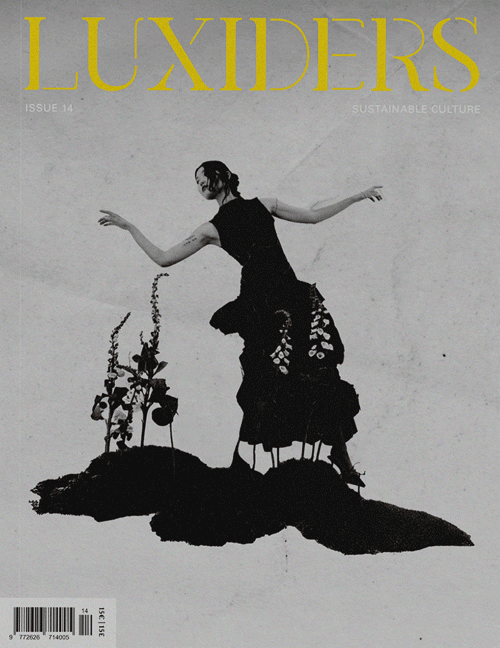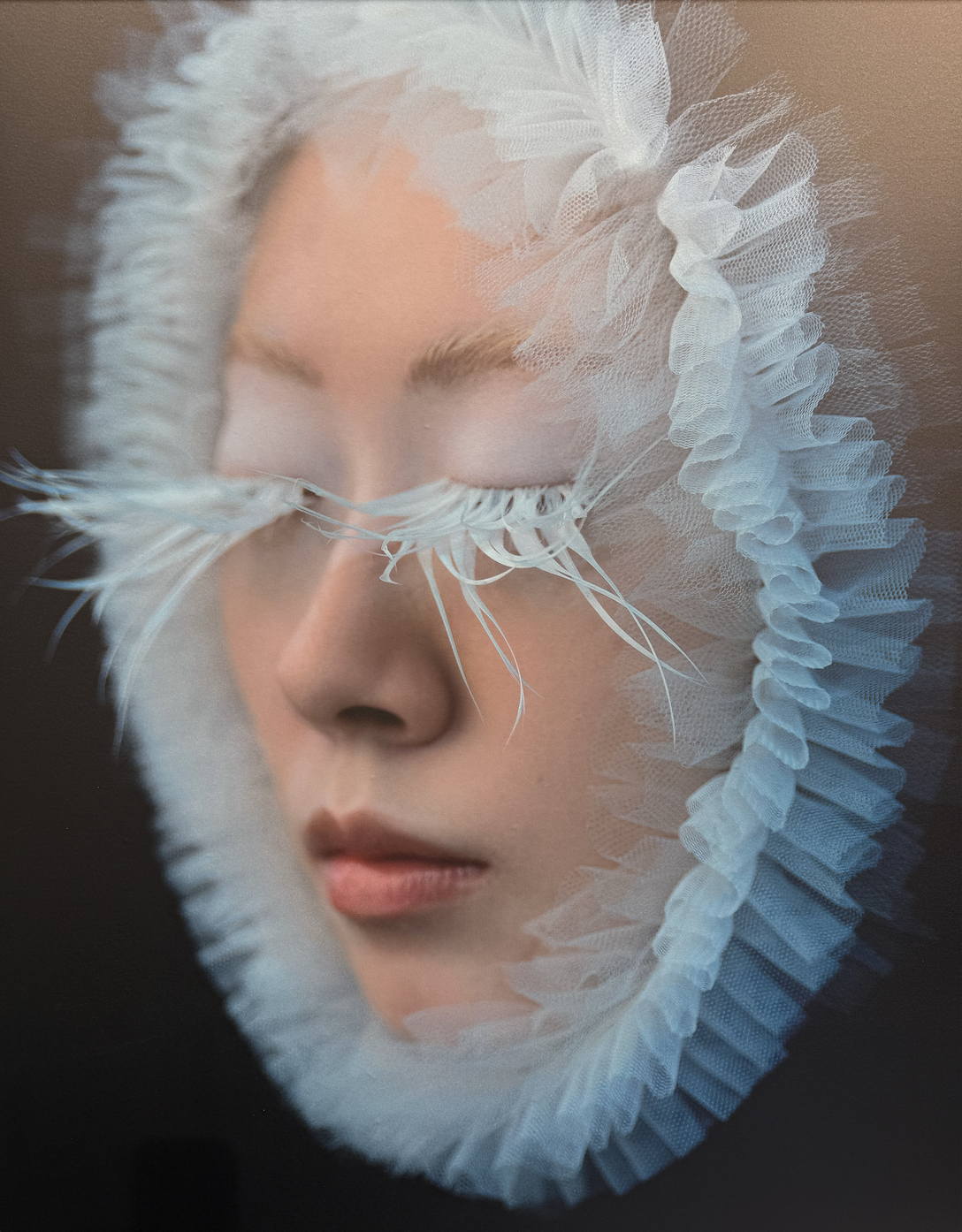
Première Vision Paris September 2025: Immersive Experiences Redefine Fashion’s Future
Première Vision Paris 2025 reinvented the trade show with start-ups, beauty, sustainability, and immersive experiences shaping the future of fashion. From 16 to 18 September 2025, the fashion event returned to the Parc des Expositions Paris Nord Villepinte, with the tagline “Unpredictability is the New Normal”. The fair embraced transformation, moving beyond its origins as a textile marketplace to become a multi-sensory, cross-industry, and technology-driven experience.
Beauty Meets Fashion: A New Synergy
For the first time, Première Vision Paris 2025 blurred the boundaries between industries by introducing a beauty segment inside the fair. With fashion and beauty becoming increasingly interconnected in branding strategies, this move created a new space for exploration and collaboration. This cross-sector vision reflects how brands now operate: not only designing garments, but also curating experiences that extend to beauty, lifestyle, and wellness.
In adittion, during this edition Première Vision placed innovation and sustainability at the centre of its program. It introduced a dedicated start-up zone for young companies working on digitisation, traceability, and environmental impact measurement. It invited white-label beauty developers, merged fashion and immersive art, and presented its strongest Smart Creation space to date —highlighting eco-materials, biotechnology, and digital tools reshaping the industry.
As Florence Rousson, CEO of Première Vision, explained, the new ambition of Première Vision is not just to only showcase textiles, but to guide the industry through its transition.
By combining start-ups, biotechnology, eco-innovations, sensory experiences, and powerful voices like Arizona Muse, PV Paris demonstrated that the future of fashion lies at the intersection of sustainability, technology, and emotion.
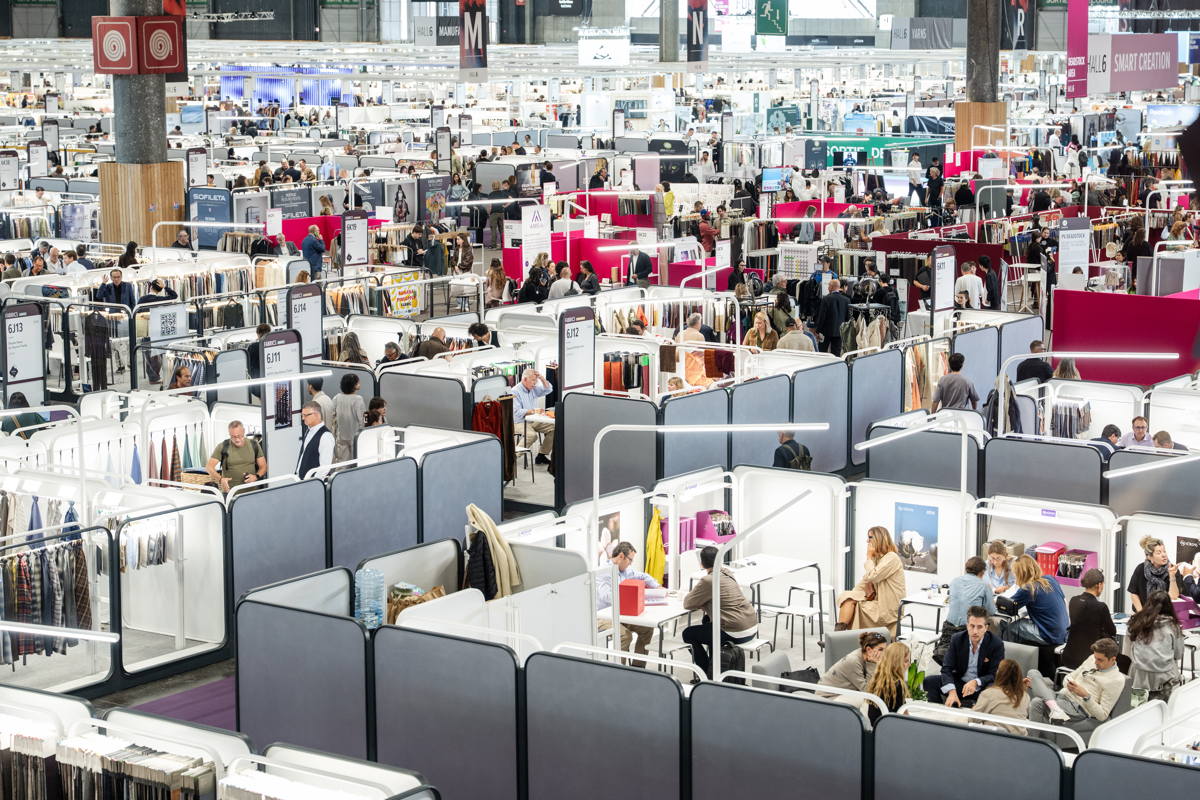
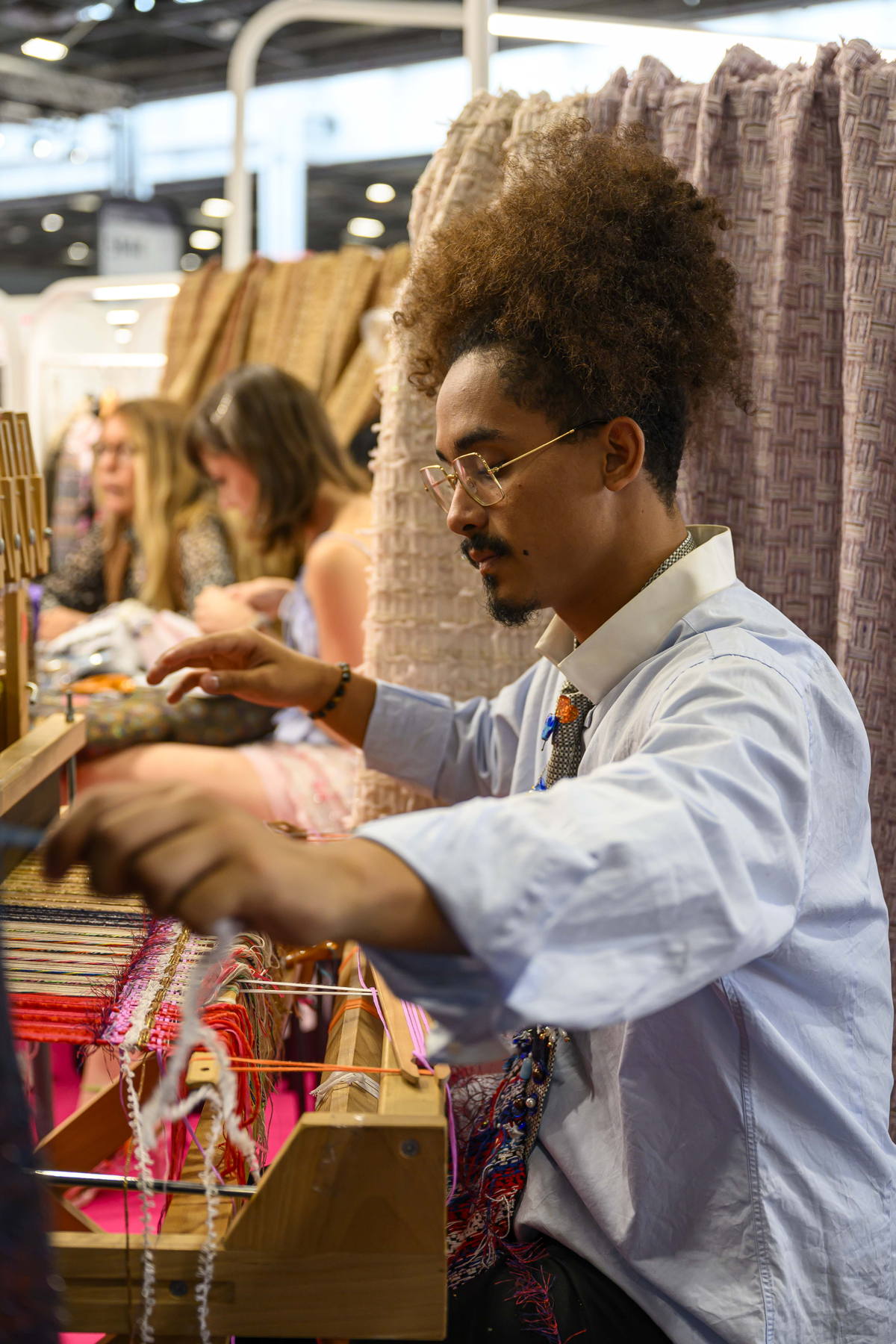
Beauty and multisensory experiences
At the Prospective Trend Area (let’s call it “Beauty Area”), among the most engaging exhibitors was Fiabilai, a nail colour manufacturer offering finishes inspired by textiles —cotton, velvet, vinyl— matched in any colour. As the responsible of the brand declared: “90% of the product is bio-based”. Their playful nail bar was one of the busiest spots at PV, with visitors queueing to try nail textures that resonated with fabrics presented at the show and with the Autumn Winter 26-27 color palette.
But PV’s new direction didn’t stop at nails. The organisers also invited Emanuele Balestra, the former head bartender of the Majestic Barrière in Cannes, to design a multisensory experience together with perfumer Sidonie Lancesseur. Using PV’s Colour of the Year as inspiration, they created a fragrance, candle wax, and cocktail pairing that merged taste, smell, and design.
These concepts perfectly illustrate Première Vision’s strategy: not to become only a business fair, but to experiment with new collaborations that enrich fashion’s creative language.
Why beauty matters for the future of fashion? The integration of beauty also resonated with a wider call for sensory experiences in fashion. As Desolina Suter, Director of Fashion at PV, explained, beauty is not an accessory but a strategic tool to reintroduce emotion, pleasure, and individuality into fashion. For brands, it also means new opportunities for cross-industry storytelling that connects textiles, lifestyle, and personal identity.
As Florence Rousson emphasised, PV’s role is not only to present suppliers but to help the industry adapt to unpredictability. And if this edition is any indication, the next decade of fashion will be shaped by circular materials, digital tools, multisensory design, and courageous strategies.
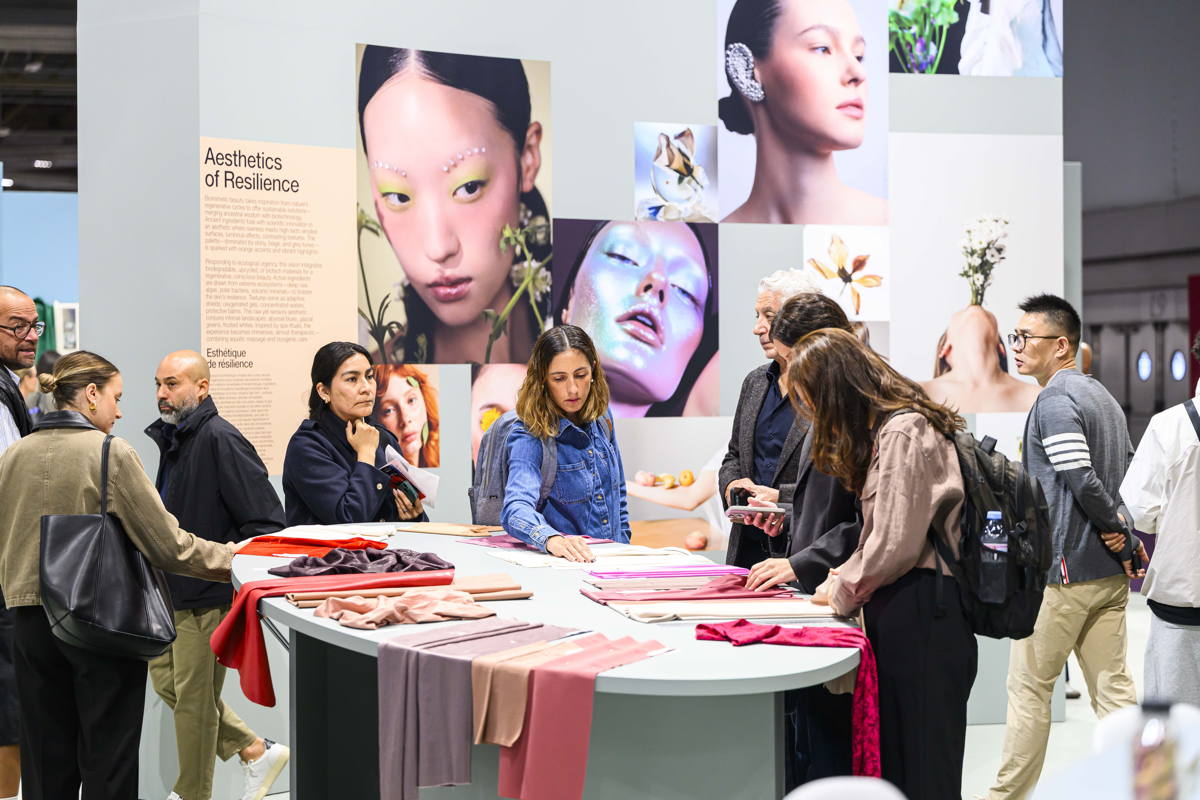
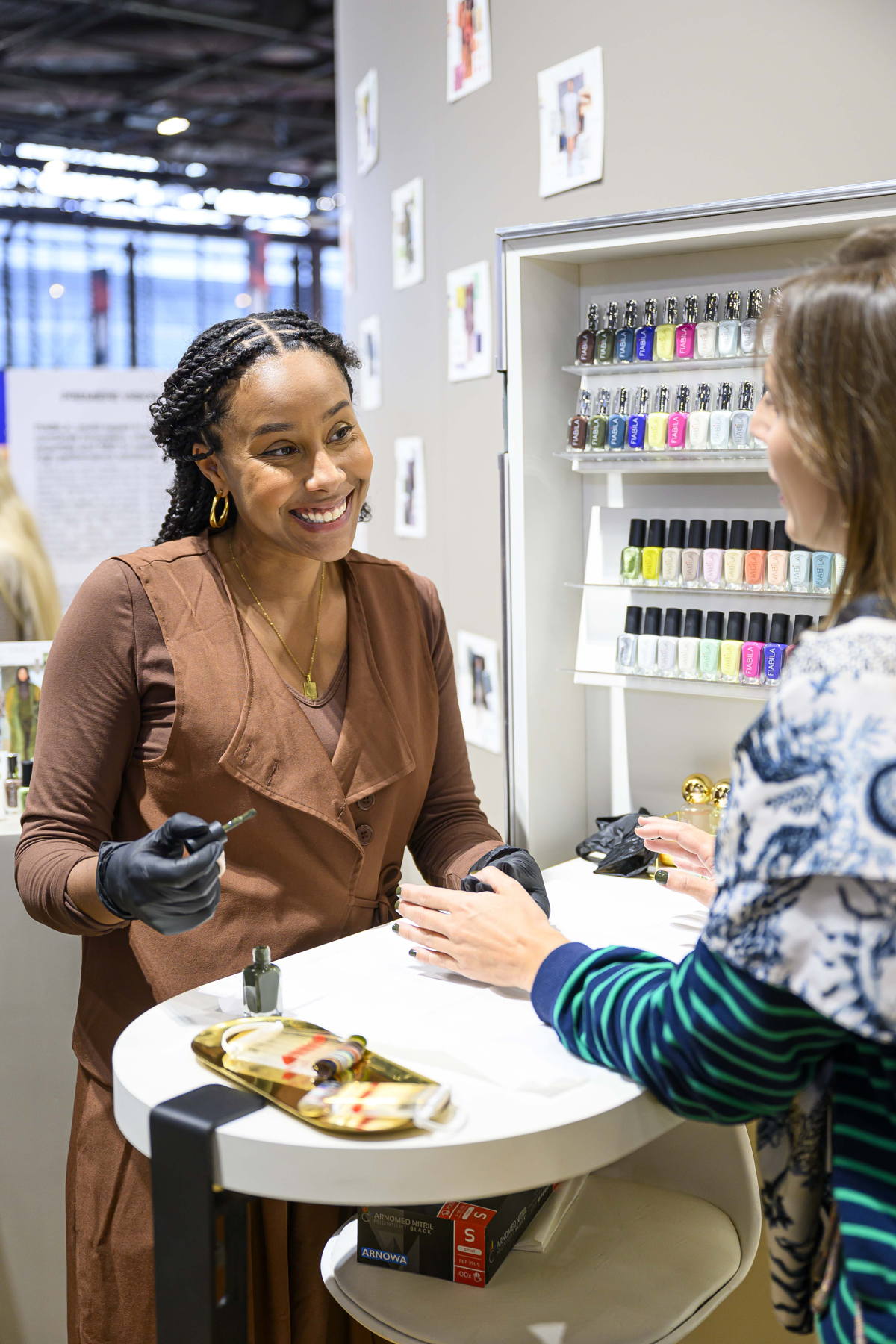
Technology Serving Sustainability
Première Vision deepened its partnership with ANDAM (Association nationale pour le développement des arts de la mode), bringing the finalists of the ANDAM 2025 Innovation Prize into the Innovation & Technology zone. The line-up included ER Ocean Recherche, Bioastrap, Supercab, Smobya, Rodinia Generation, Petshka, Weffan, and Alphalyr, alongside Losanje, winner of the 2025 Innovation Award, and GoldenEye Smart Vision, which received a Special Jury Prize for its AI-based textile quality control system.
These start-ups address challenges such as biotech materials with lower environmental impact; traceability platforms aligned with the EU Green Deal; digital prototyping and sampling tools that cut waste; or circular economy services for resale and stock optimisation. By giving these young companies a stage, PV not only celebrates their creativity but also anchors itself as a hub where future-proof fashion solutions are born.
As Nathalie Dufour, founder and managing director of ANDAM, explained: “Through this dedicated ‘Innovation & Technology’ space, we not only celebrate innovation but also the courage and vision of young entrepreneurs reinventing our industry. Supporting their emergence affirms our belief that the future of creation is being built now — at the intersection of artistic excellence, technological innovation, and social responsibility.”
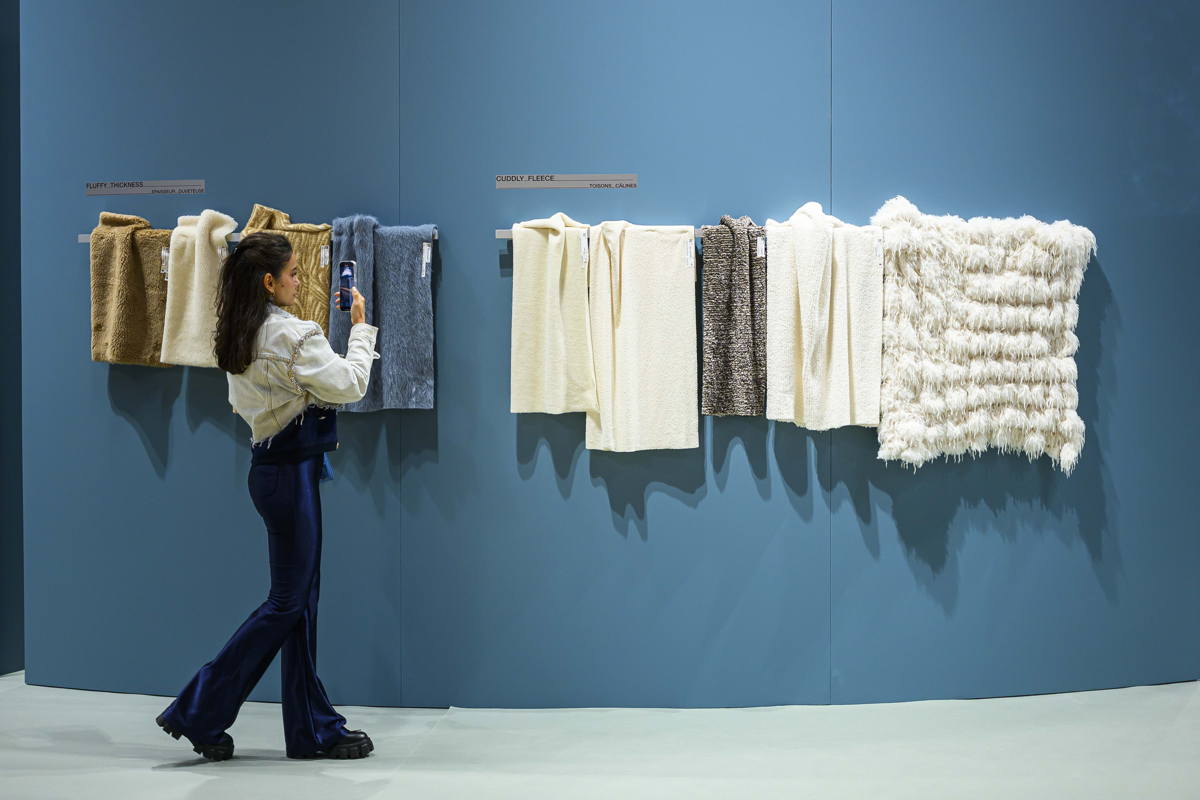
Smart Creation: The Beating Heart of Innovation
While the beauty zone captured attention, it was Smart Creation that once again positioned itself as the intellectual and innovative core of Première Vision. Designed as a platform for forward-thinking companies, Smart Creation presented technologies, materials, and services tackling the industry’s most urgent challenges: ecological transition, traceability, digitalisation, and performance.
Structured into three complementary areas, Smart Creation provided a 360-degree perspective on fashion innovation.
Smart Materials, with eco-designed fibres and biomaterials. This zone featured eco-designed fibres and processes that minimise environmental impact while maintaining high performance and aesthetic appeal. Highlights included:
- Colorifix: Biotechnology pigments created via DNA replication and bacterial fermentation, eliminating toxic dyes and reducing water and energy use.
- Frumat: Apple waste transformed into durable, leather-like materials.
- Reishi by MycoWorks: Mycelium-based material positioned as the luxury alternative to leather.
- Spiber: Bioengineered protein fibres mimicking silk and wool, designed for circular applications.
- Everdye: Low-energy dyeing process that drastically cuts chemical use.
These materials illustrate the shift towards biotech and waste-based innovation, offering tangible alternatives to fossil-derived and resource-intensive textiles.
The Smart Tech area gathered companies working on digitisation, traceability, and supply chain optimisation. Key players included:
- Shima Seiki: Circular knitting machines supported by new software that accelerates prototyping while reducing waste.
- Heuritech: AI-powered trend forecasting platform translating consumer behaviour into data-driven design.
- Refabric: Digital twin solutions for garments, enabling brands to monitor and optimise product lifecycles.
- Farmers 360° Link: Traceability tool connecting raw material producers with brands in real time.
Together, these solutions show how technology is now the backbone of sustainable fashion: no brand can claim responsibility without the ability to measure, trace, and optimise.
The Smart Services was focused on guidance and certifications. The third zone was dedicated to services helping brands scale sustainability. Here, companies offered expertise in certifications, environmental audits, and responsible sourcing. Exhibitors such as ZEROW and Maeba International presented consulting frameworks that guide fashion houses towards measurable impact and EU compliance.
This part of Smart Creation underlines a crucial reality: innovation alone is not enough. For fashion to transform, it must be supported by standards, certifications, and systemic change.
CLO Virtual Fashion: A 250 m² immersive installation
One of the main attractions of Smart Creation was the 250-square-metre immersive installation by CLO Virtual Fashion. Rarely present at trade shows, CLO brought its international team to Paris to demonstrate the power of 3D design, eco-design, and digital simulation. Visitors experienced garments in virtual universes, interacting with textures and fits without producing physical samples. This not only accelerates design but also reduces waste, marking a paradigm shift in how fashion prototypes are conceived and evaluated.
For PV, hosting CLO was a strategic statement: the future of fashion is not only about new fabrics but also about digital ecosystems that redefine the creative process itself.
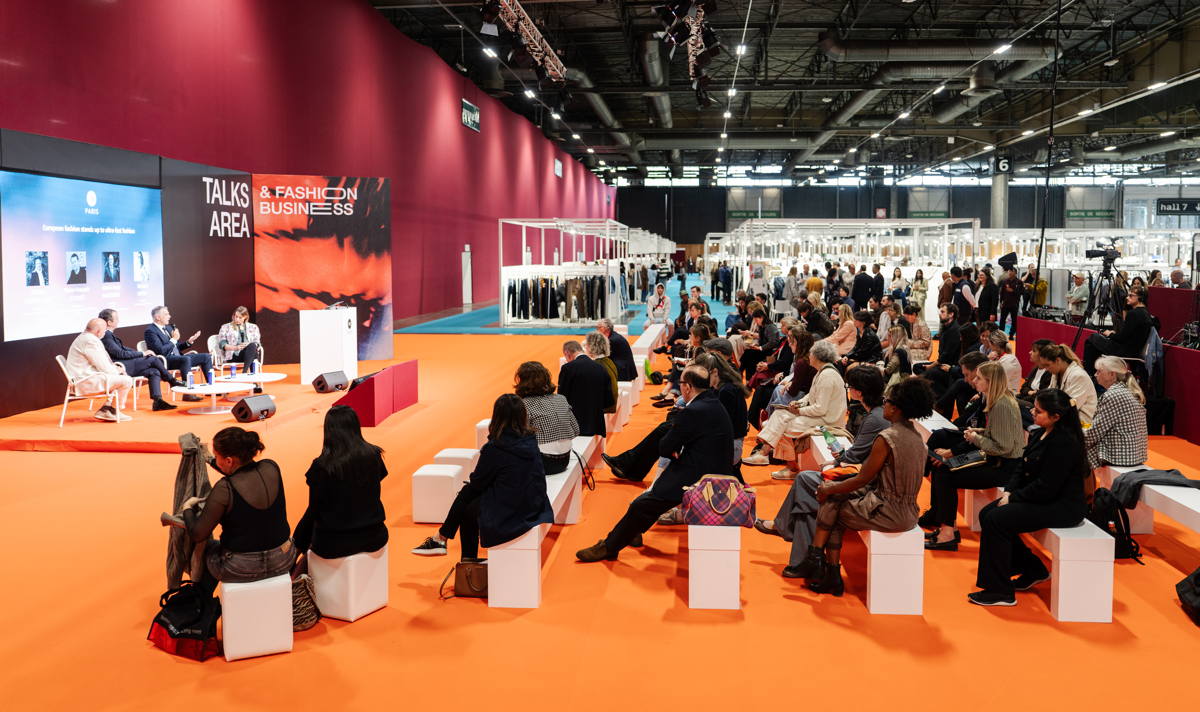
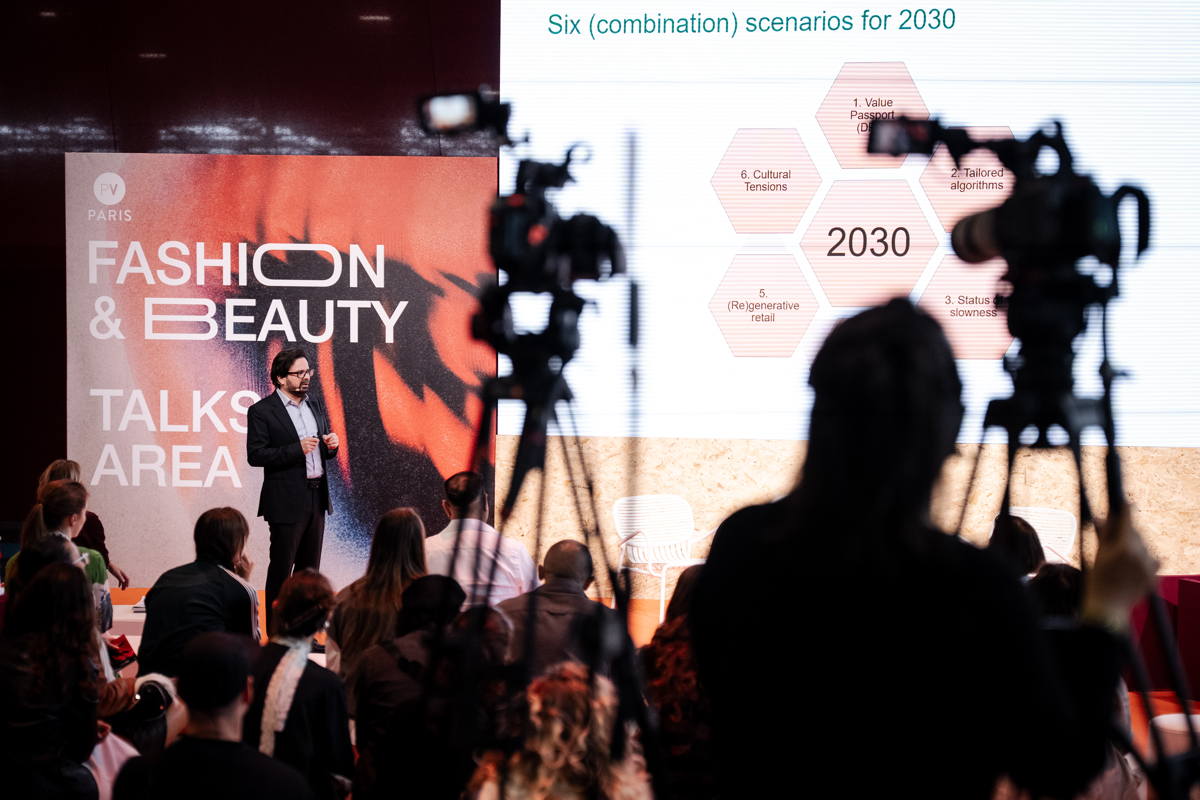
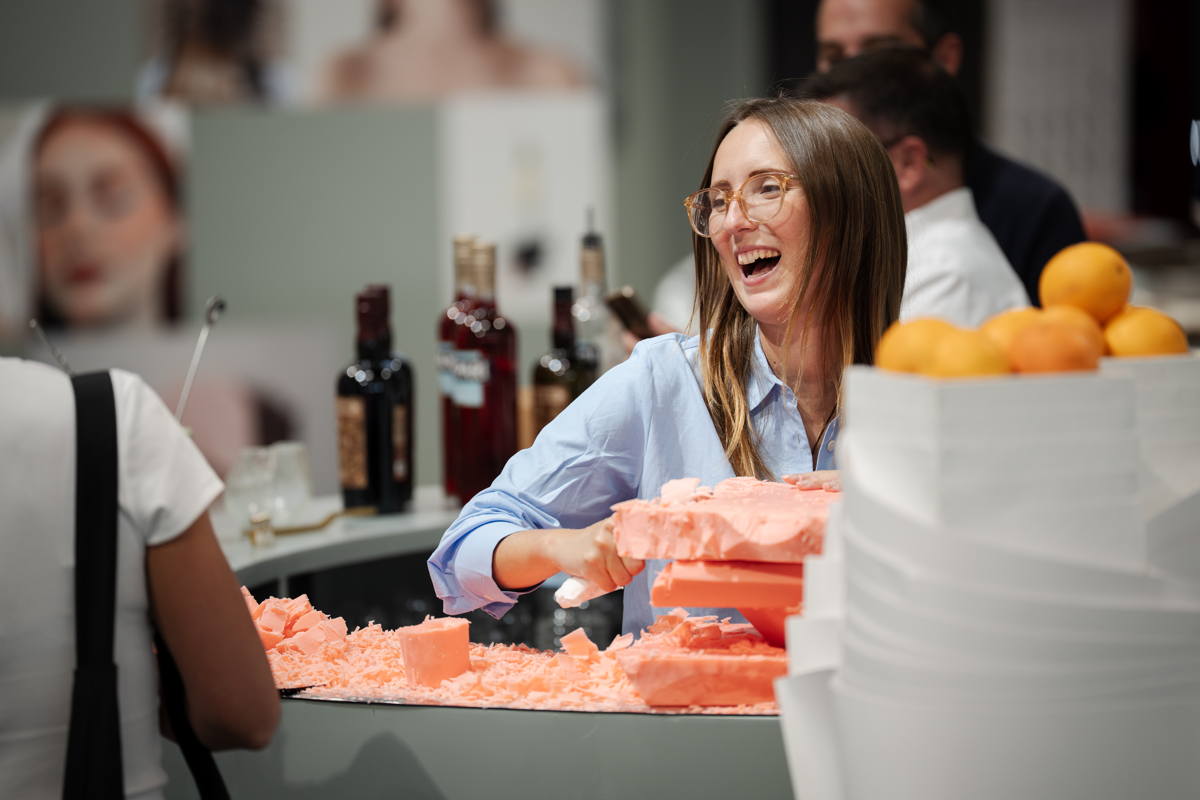
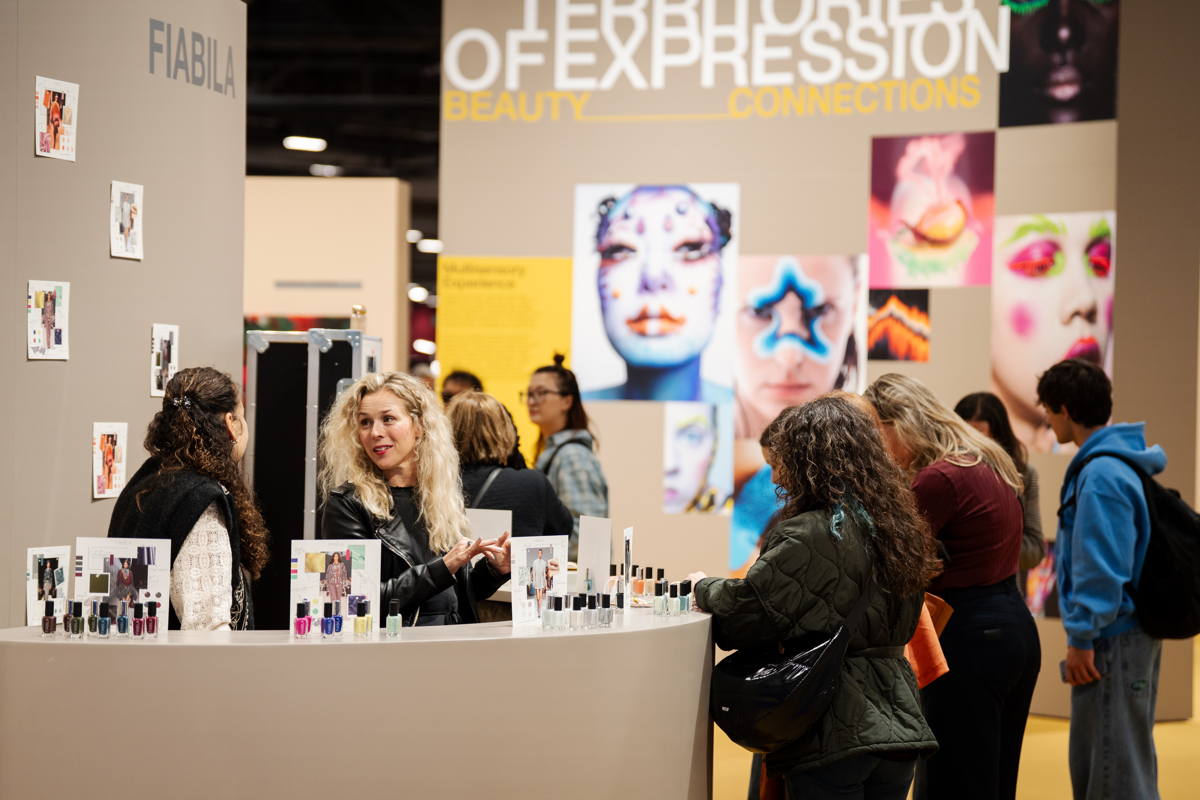
Eco-Innovation in Colour: Biotechnology and Natural Alternatives
Colour has always been one of the most powerful drivers of fashion identity —yet traditional dyeing remains one of the most polluting processes in the industry. Synthetic dyes are mostly derived from petrochemicals, requiring huge amounts of water, energy, and toxic chemicals. At Première Vision Paris 2025, exhibitors showcased a new generation of eco-innovations in colour, proving that creativity and sustainability can coexist.
Dye-free patterns: design from nature. Checks, houndstooth, and plain weaves were reimagined in woollens created without any dye. By harnessing the natural shades of fleece—cream, brown, grey—designers demonstrated how pattern and texture can emerge directly from biodiversity, eliminating the need for chemical colourants.
Next-generation natural dyes. Companies like IndiDye presented colourants derived entirely from roots, bark, leaves, and fruits, with water-based or naturally fermented processes. These methods comply with ZDHC standards, ensuring no hazardous chemical discharges.
Algae as a renewable resource. The ALGAEING™ process uses algae to produce non-toxic dyes, dramatically reducing water and carbon footprints. Algae-based colourants also connect fashion to a broader narrative of ocean restoration and regenerative materials.
Biotechnology and bacterial fermentation. Perhaps the most futuristic developments came from Colorifix, a pioneer using replicated DNA from living organisms to produce pigments through bacterial fermentation. This process is OEKO-TEX® certified, requires minimal energy, and avoids all toxic chemicals.
Towards structural colour. Start-ups are also experimenting with nanocrystals of plant cellulose to create iridescent, durable shades through diffraction of light—structural colour that needs no dye at all. These nanofilms can be turned into powders, sequins, or glitter, providing a completely new design language for sustainable fashion.
Arizona Muse’s Call to Action
Sustainability was not only technical but also personal and emotional at PV, embodied by Arizona Muse, model and climate activist. Muse participated on the talk: “Fashion Break Free from Fossil Fibers?” and urged brands to eliminate plastics from their supply chains.
Muse also presented her work with Dirt, her non-profit climate foundation, and her collaboration with Demeter on a 10-part environmental labelling system. The first standard, focused on dyes, is already live, with cotton and wool certifications coming soon. The Dutch label Loads Collection became the first brand to pilot the system, showing how sustainability can be embedded in luxury and premium fashion first, where margins allow more investment.
Muse also highlighted how the political backlash against ESG (environmental, social, governance frameworks) has reduced funding opportunities for NGOs. “We have really struggled this year financially because of impacts from the U.S.,” she admitted. This candid perspective reminded visitors that systemic change requires both innovation and investment. Her presence was more than symbolic—it injected urgency, responsibility, and star power into PV’s sustainability agenda.
The age of fossil-based dyes is ending. PV Paris positioned itself as the fair where the colour revolution begins.
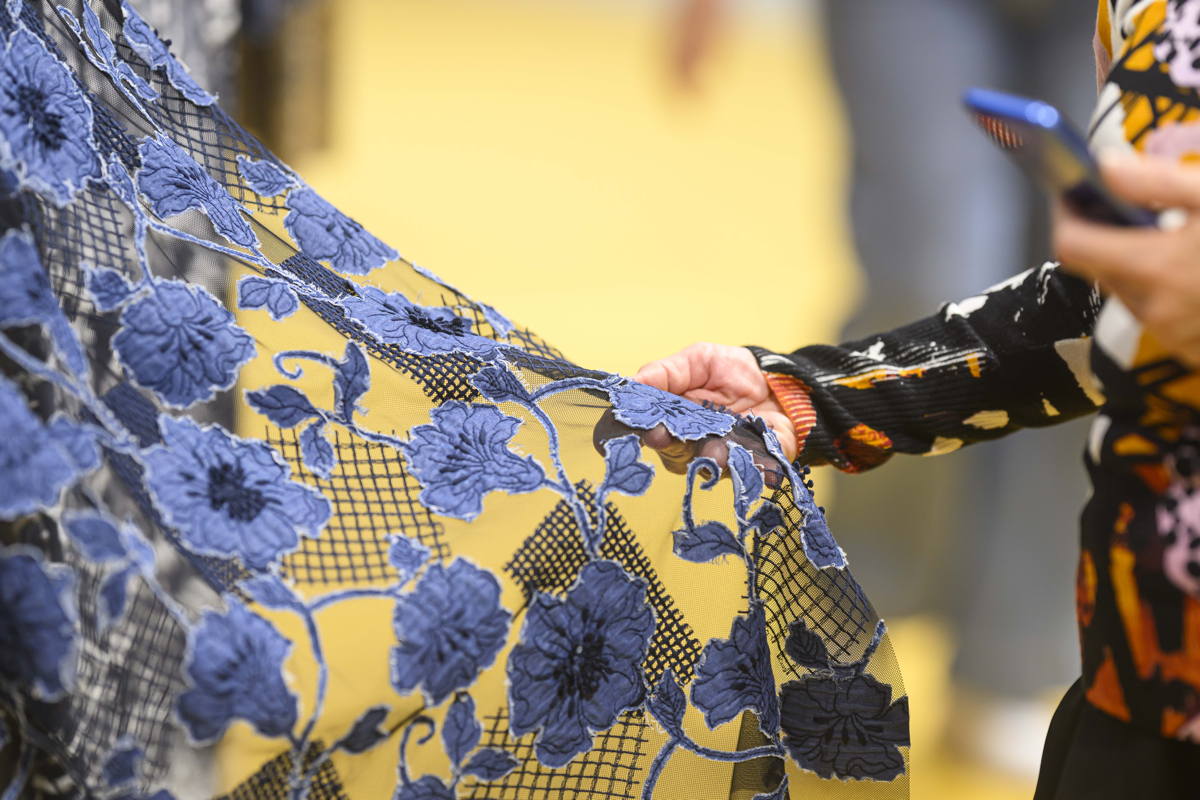
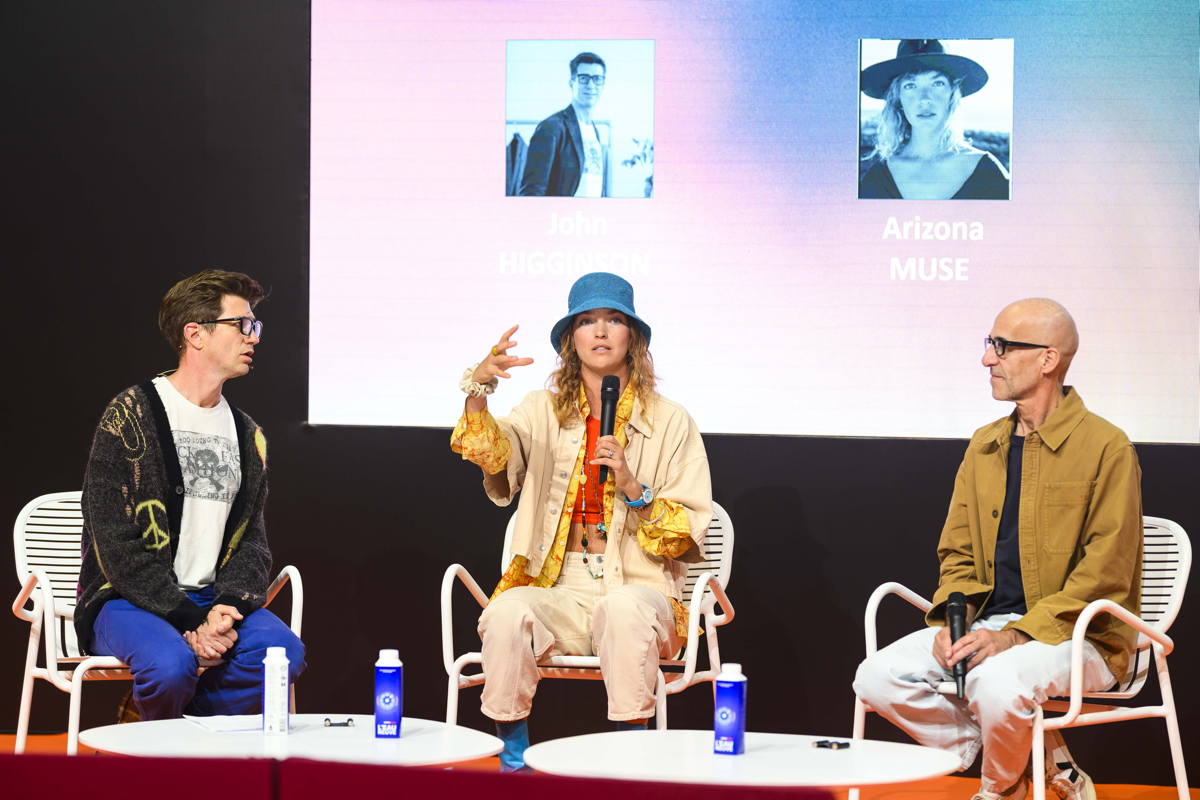
All Images:
@ Courtesy by Premiere Vision Paris 2024

